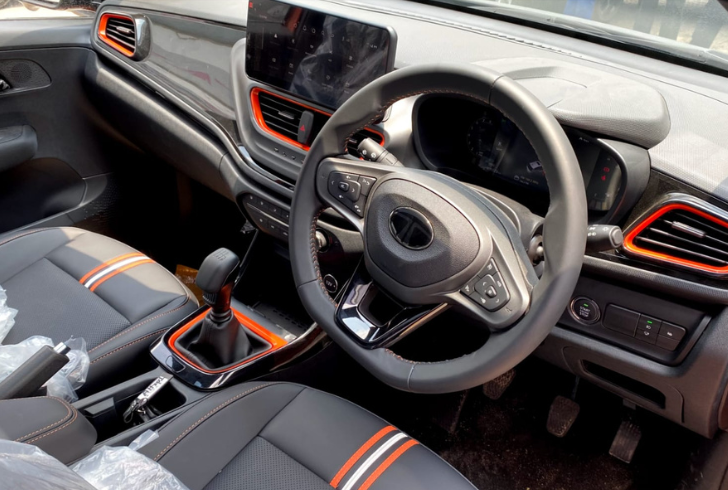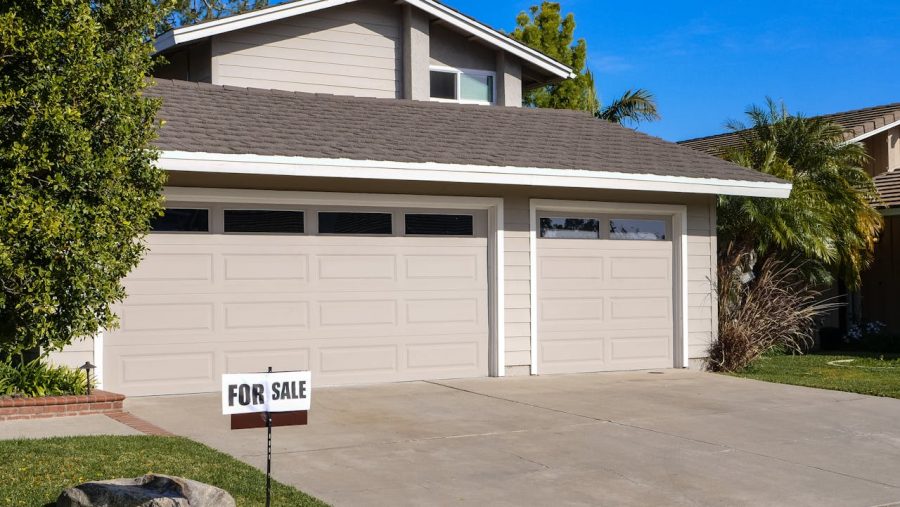Buying a used car can be a journey of surprises, especially in today’s evolving landscape, where the used car market has changed significantly. Gone are the days of finding budget-friendly options easily, as prices for both used and new cars have spiked. With greater transparency, negotiation isn’t as straightforward, leaving many buyers facing sticker shock.
Here’s a closer look at the current used car landscape and helpful strategies for finding a dependable vehicle for young drivers or anyone looking for a reliable ride.
The Current State of the Used Car Market
Over recent years, used car prices have soared due to supply chain issues and heightened demand, making it challenging for buyers to secure affordable deals. Data from a recent industry report reveals that the average cost of a used vehicle is now around $25,361. This significant rise in price reflects shifts in the broader automobile industry, with higher prices for new cars also contributing to limited choices at budget-friendly levels.
1. New Car Price Trends
Currently, the average transaction price for a new vehicle is nearing $47,823. As a result, affordable choices under $30,000 are scarce, and cars priced above $70,000 make up 10% of the market—compared to only 3% five years ago.
2. Technological Advancements

Instagram | tejaswitatamotors | Today’s cars offer modern features like touchscreens and 360-degree cameras, but these conveniences increase costs.
Today’s cars come with an array of modern features, including touchscreens, 360-degree cameras, and heated seats. While convenient, these additions contribute to higher prices, pushing many consumers toward the used car market.
Key Considerations When Searching for a Used Car
With a high demand for used vehicles, it’s essential to approach car shopping with a clear understanding of budget, needs, and preferences. For example, popular models like the Jeep Wrangler have held their value exceptionally well, making them pricier yet reliable options. Many buyers consider Jeep Wranglers for their rugged build, reputation for durability, and ability to retain value over time.
According to recent studies, a 10-year-old Wrangler still costs around $23,381. Older vehicles with high mileage, however, may have increased maintenance costs, adding to the overall investment.
When selecting a used car, here are some tips that can help guide the decision:
1. Model Preference – Some models, such as Toyota and Honda models and Jeeps, are known for their longevity and value retention. Opting for a well-regarded brand can often mean fewer maintenance expenses.
2. Age and Condition – Choosing a slightly newer model (around five years old) may offer modern features and better fuel efficiency without the premium price tag of a brand-new car.
3. Safety Features – Vehicles from recent years often include advanced safety features, like improved crash ratings, blind-spot monitoring, and rearview cameras. These can be especially reassuring when buying for younger drivers.
Challenges in the Current Used Car Market
With a competitive used car market, finding an affordable option often requires extra patience and strategy. Unlike before, negotiating prices is not as common, as online platforms and dealership transparency have set standard pricing across the board. A local dealership might be a good place to start, as proximity can sometimes yield deals that national platforms don’t offer.
Interest rates are another factor to consider. Financing options can vary widely, and securing a lower interest rate on a used car loan could mean substantial savings. According to recent loan statistics, the average rate for a four-year used car loan stands around 8.21%. Strong credit can offer even better rates, reducing long-term loan costs and making monthly payments more manageable.
Shopping Strategies for a Successful Purchase

Freepik | By comparing prices on used car websites and apps, buyers can secure a fair deal.
Finding the right car in today’s market involves patience and flexibility. Here’s how to improve your chances of a successful purchase:
1. Expand Your Search Radius – Browsing within a 50-mile radius can reveal options that may not be available locally, especially for specific models.
2. Use Comparison Sites – Websites and apps specializing in used cars allow buyers to compare prices, ensuring a fair deal.
3. Explore Dealership Offers: -Some dealerships offer financing incentives, which may provide financial benefits beyond the sticker price. Instead of directly asking for a price reduction, focus on discussing financing options that lower interest rates.
4. Negotiate Smartly – While price haggling has become less common, certain fees are still open for negotiation. Administrative fees, for example, can sometimes be reduced, helping bring the final cost down.
What to Expect in Terms of Insurance Costs
Adding a teenage driver to an insurance policy can significantly raise premiums. Auto insurance for younger drivers is typically higher due to the risk profile. When budgeting for a used car, it’s wise to consider the impact of insurance on overall costs.
Insurance providers assess factors like vehicle type, driver age, and location when setting premiums. Vehicles with strong safety ratings or more basic features often cost less to insure, while sports models or luxury brands may come with higher premiums. Factoring in insurance from the beginning can help ensure a manageable overall cost.
Making the Right Purchase Decision
The journey to finding a reliable used vehicle requires navigating an evolving used car market, where prices are higher, and choices are influenced by modern technology, market demand, and loan rates. For parents looking for a safe, dependable car for their teenagers, prioritizing models known for durability and safety can ease some of the decision-making. Though negotiating on price may be less likely, exploring incentives and taking a broader approach to the search can still lead to a satisfying purchase.
With the right approach and a bit of patience, securing a dependable used vehicle remains possible, even in today’s competitive market. Each consideration—from the price of the vehicle to financing options and insurance—plays a role in ensuring a smooth, successful buying experience that feels both worthwhile and manageable.










